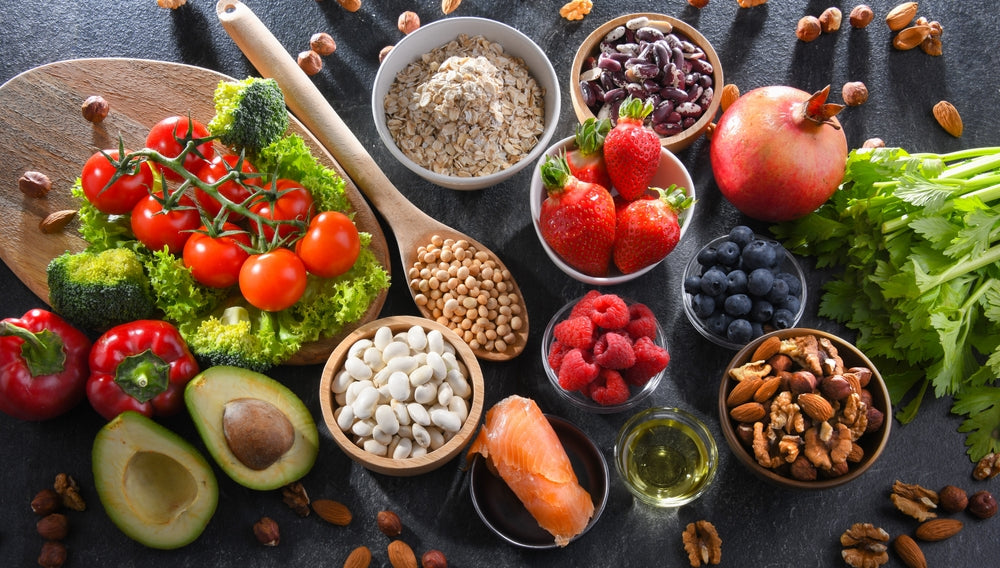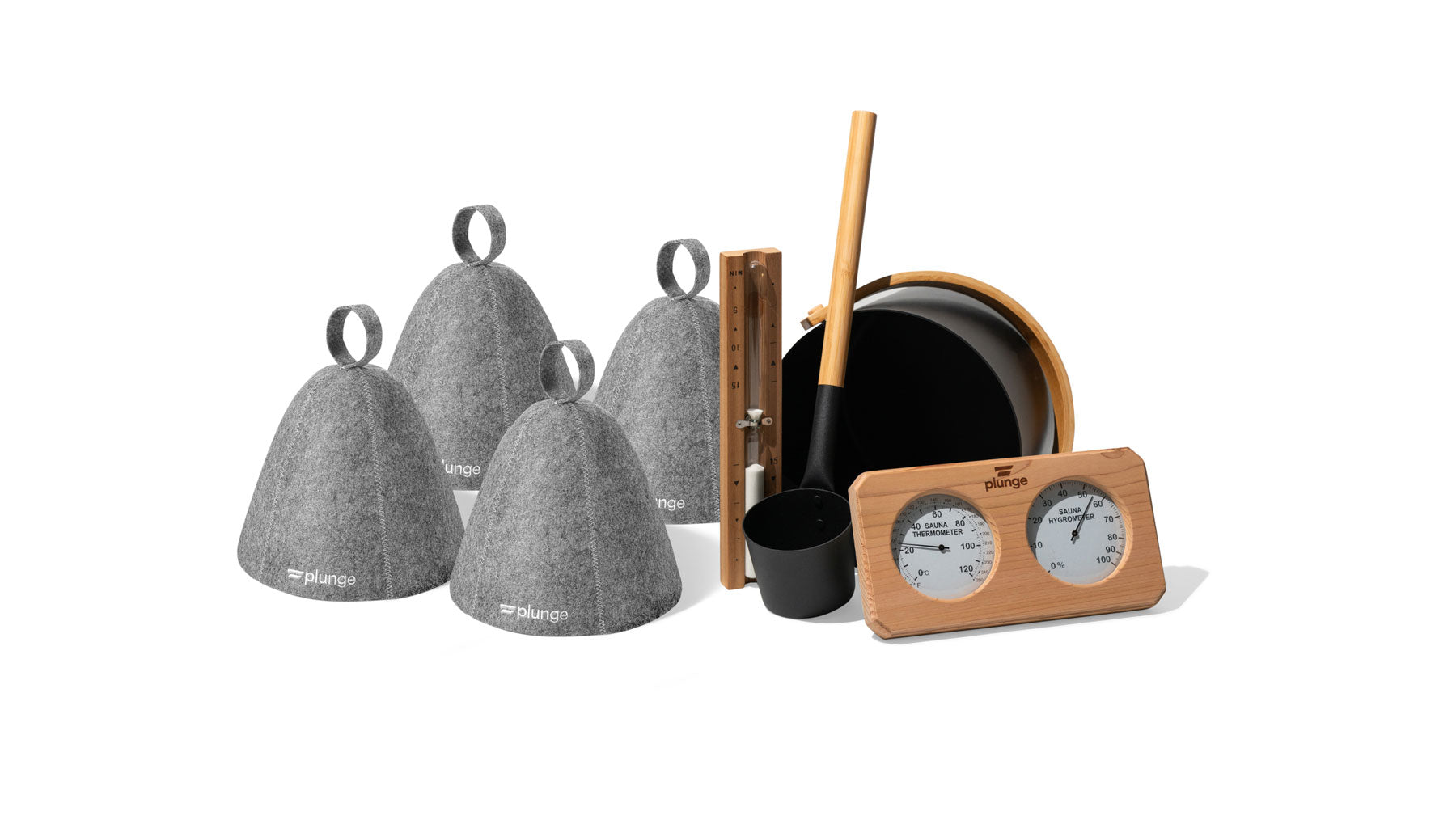
What are Blood Lipids & Why are They Important?
Blood lipids, more commonly known as cholesterol and triglycerides, are a technical and complex part of the body’s overall health. If you’ve attempted to lower these levels to no avail, seeking new options may help you reach your goals. Let’s discuss this important health measurement and other lifestyle considerations for improvement.
What are Blood Lipids?
Blood lipids are fatty substances in the blood that help the body operate when they are within normal levels. You need healthy levels of blood lipids to optimize certain aspects of your health, like creating estrogen, testosterone, and other hormones.
The liver forms blood lipids when you consume foods with high-fat content, like saturated or trans fats. 11-12% of the average American daily caloric intake includes saturated fats, and many find that lowering these levels can help them avoid strokes, heart attacks, and other cardiovascular issues.
Role in the Body
Healthy blood lipid levels will help your body maintain and create Vitamin D3, cell membranes, and certain hormones:
- Vitamin D is formed when direct sunlight touches the skin. 7-dehydrocholesterol, a cholesterol synthesis enzyme, then absorbs the ultraviolet radiation and becomes Vitamin D3.
- Cholesterol maintains cell membrane fluidity by inserting itself into a bilayer of phospholipids (compound membrane lipids that contribute to cellular integrity). The cholesterol keeps fatty acid chains from moving and keeps the phospholipids stable.
- Hormones are derivatives of cholesterol, created following a reaction that transforms cholesterol into a steroid called pregnenolone. The pregnenolone develops into the hormone progesterone, which then changes into other hormones in the mitochondria and endoplasmic reticulum.
Types & Examples
There are two main types of blood lipids:
- Cholesterol is the primary lipid that your liver creates after consuming meat, dairy, and some plant oils.
- Triglycerides are an even more common type of fat found in the blood. In a healthy range (under 150 mg/dL in adults), it provides energy. In high amounts (over 200 md/DL), it can lead to major health problems.
The body delivers proteins to these lipids to help them pass through your blood more easily. These are called lipoproteins:
- High-Density Lipoprotein (HDL): Your “healthy” cholesterol actually cleans out the bad fats in your blood. You want higher levels of this lipoprotein — but never too much.
- Low-Density Lipoprotein: Your “bad” cholesterol can get stuck and create partial or full blockages. However, it also helps move lipids to other parts of your body, which is needed.
How are Blood Lipids Measured?
To learn where your levels are, your doctor will order a lipid panel blood test. They’ll tell you how long to fast before a lipid blood test — typically overnight or twelve hours. At your appointment, your doctor or technician will draw blood from your arm.
A reading is then performed to measure HDL, LDL, total cholesterol, and triglycerides. This specific test will only measure blood lipid levels, but your provider may order other tests for any additional concerns. Once this is complete, your doctor's office or testing facility will call you with the results or discuss them during a follow-up appointment.
Other names for this test include coronary risk panel, cholesterol panel, lipid test, lipid profile, or fasting lipid panel. If you don’t fast when they take your blood sample, they’ll perform a non-fasting lipid panel.
Interpreting Test Results
Interpreting your lipids blood test meaning can be confusing. Generally, "normal" blood lipid levels are around:
- Total cholesterol for men and women: 125 - 200 mg/dL, borderline high 200 - 239 md/dL
- LDL cholesterol for men and women (and especially those with heart disease or diabetes): Less than 100 mg/dL, borderline high 130 -159 mg/dL
- HDL cholesterol:
- Women: Over 50 md/dL
- Men: Over 40 mg/dL HDL
- Note: 60 md/dL is the optimal level to protect from heart disease
- Triglycerides for men and women: Less than 150 mg/DL, borderline high 150 - 199 mg/dL
It’s sometimes more important to pay attention to the ratio of these levels rather than taking your blood lipid levels at face value. According to Medical News Today, the ideal ratio for Total Cholesterol to HDL Cholesterol is 3.5:1.
What Do High Blood Lipid Levels Mean?
High blood lipids can force your heart and circulatory system to work harder to pump blood through the tight areas. This can lead to issues like atherosclerosis, and heart disease can develop down the road. Thus, lowering high lipids in the blood may help avoid some of these health complications.
Foods to Lower Cholesterol Levels
Eliminating “bad” foods is not always the whole picture. To reduce lipid levels in your blood, your doctor may suggest adding better foods that promote healthy fat levels. Whole grains, beans, nuts, and other additions can be an easy alternative to harsh cholesterol-lowering medications:
Whole Grains
Eating healthier carbs like whole grains could be key for lowering blood lipid levels. According to Harvard T.H. Chan School of Public Health, increasing fiber with high-quality grains can help move cholesterol through the blood. Some grains to consider include brown rice and oats. But keep in mind — be careful to consume the right amount to not risk raising your cholesterol levels instead.
Beans
Beans are a form of soluble fiber, which can help lower your chances of developing heart disease by reducing blood pressure and obesity. Again, these can help flush bad cholesterol out of your bloodstream. Choose kidney beans, split peas, or chickpeas to build out your pantry. For example, you might try including beans in common dishes like tacos, burritos, or salads to bolster your intake.
Nuts
Unsaturated fat is another essential component in lowering cholesterol. This is because the liver does not change unsaturated fat into triglycerides. Instead, it’s converted into ketone bodies, glucose’s backup energy source. This works because it’s not the same kind of fat you consume with fast, fried, or overly processed foods. Instead, nuts like almonds, cashews, Brazil nuts, and walnuts are a natural source.
Vegetable Oils
Vegetable oils may be a healthier alternative to use when lowering cholesterol. Many people swap butter or margarine for olive, coconut, or soybean oils. Still, this doesn’t necessarily mean that all plant oils are okay to digest in large quantities. Hydrogenated vegetable oils still contain harmful trans fats, so try to avoid these when possible!
Fruits with Soluble Fiber
Another excellent source of fiber, some fruits can also help move cholesterol through and out of your blood. Apples, bananas, grapes, and oranges all help your body perform this process efficiently. Avocados are fruit and fat, making this another excellent option. However, be mindful of your portion sizes if you are diabetic or watching your blood sugar for other health reasons.
Foods with Sterols or Stanols
Sterols and stanols are both overarching terms for many of the plants on this list. Plant sterols include olive oil, sesame seeds, and almond butter. Plant stanols include pumpkin seeds, brown rice, oat brans, and walnuts. Many foods, like the nuts we mentioned above, have both sterols and stanols. You can also supplement these substances, but their chemical structure makes them steroids — so have a doctor or naturopathic provider’s supervision.
Fatty Fish
Fatty fish, as a substitute for red meat, can help lower blood lipid levels because red meat can raise cholesterol levels. Fatty fish also have a high amount of omega-3 fatty acids, which lower triglycerides and boost HDL levels. Species like mackerel, trout, and salmon can add some variety to your diet.
Other Methods for Controlling Blood Lipid Levels
There are many ways to reduce blood lipids beyond adjusting your diet. Exercise, weight loss, and cutting back on certain substances can also affect your levels:
Daily Exercise & Physical Activity
Exercise lowers bad cholesterol levels and in turn, heightens the amount of HDL you have in your bloodstream. Increased activity pumps blood through your body and improves heart health in general. Simply walking more, running, and resistance training can all positively affect your blood lipid levels.
Quit Smoking & Cut Back on Alcohol
On the other hand, alcohol can negatively affect your blood lipids because it breaks down in the liver, just like high-fat foods. This means beer, wine, and hard liquor will be transformed into cholesterol and triglycerides.
When you smoke, countless harmful chemicals are introduced to your system. These often make it difficult for good cholesterol to move bad cholesterol out of the body, further impeding blood lipid levels.
Lose Weight
Losing weight can lower unhealthy blood lipids in your body — but don’t fall into the common misconception that weight loss is the main factor. People with a healthy Body Mass Index (BMI) can still have high cholesterol. If lowering lipids through weight loss is one of your goals, you can achieve this with a healthy diet and exercise.
Try Cold Water Immersion
Recently growing in popularity, cold water immersion can:
- Soothe inflammation through the lowering of blood flow and body temperature
- Boost your metabolism, increase energy levels, and help with weight loss by activating and using up brown fat (the tissue that keeps you warm)
- Support your mental health by forcing the production of “good” hormetic stress
A boost to your metabolism can improve blood lipids just like exercise, so cold plunging may be a good addition to your current routine. On top of that, higher energy might enable you to increase your exercise and further improve cholesterol levels.
Likewise, high cholesterol can cause inflammation, which cold water immersion can help soothe. And because mental health struggles can prevent or inhibit you from implementing and maintaining lifestyle changes, it’s important to take care of yourself in this area. All of these together play a role in blood lipids and lowering your bad cholesterol and triglycerides.
Experience the Health Benefits of Cold Plunging
If you want to implement some cholesterol-related lifestyle changes, adjusting your diet, exercise regimen, or alcohol consumption can be a good place to start. When it comes to cold plunging’s health benefits, lowering your lipid levels is just scratching the surface. Adding cold water therapy to the list of health-positive moves only enhances the other changes you make.
Want to dip your toe in before deciding if it’s right for you? Try out our Pop-Up Ice Bath or Plunge Air! These affordable options make testing the effects of cold plunging even easier (and are much better than creating your own DIY ice bath or attempting the same results in a cheap inflatable or kiddie pool). To learn about other Plunge products, benefits, and financing options, check out our lineup of options here!
Medical Disclaimer: The information contained in this post is for informational and educational purposes only. It is not intended to provide medical advice or to take the place of such advice or treatment from a personal physician. All readers/viewers of this content are advised to consult their doctors or qualified health professionals regarding specific health questions or before embarking on any new health or wellness routine, including saunas and cold plunging. Neither the author(s) nor the publisher of this content take responsibility for possible health consequences of any person or persons reading or following the information in this educational content. All viewers of this content, especially those taking prescription or over-the-counter medications, should consult their physicians before beginning any cold plunging routine or other health or wellness program.























